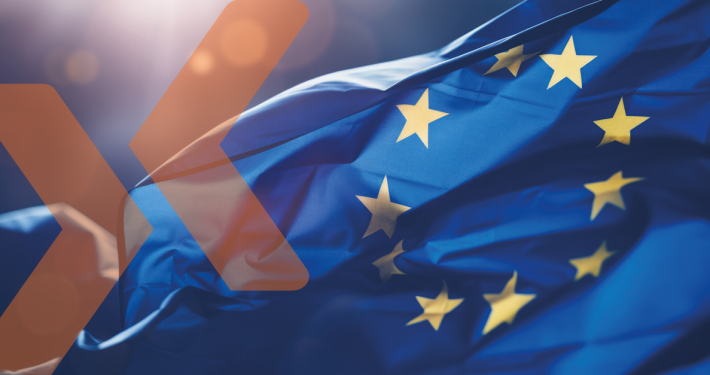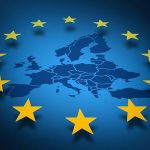3 years after going into effect… how should the GDPR evolve?
In this position paper, member of European Parliament Axel Voss and CEO of WALLIX Jean-Noël de Galzain discuss the strengths, weaknesses, and future of the General Data Protection Regulation (GDPR)
As the pandemic years of 2020-2021 have clearly shown, we are in the eye of a digital transformation storm which has exposed business and individuals to a dependence on digital technology we’ve never before seen. This dawn of a new era however brings up a major dilemma for Europeans; the current state of the global digital world presents valid grounds for us to be concerned about Europe’s competitiveness and sovereignty.
New user behaviors, young generations, updated regulations, and a sea-change in the face of a new age of digital business agility are all forcing us to rethink IT security and data protection. Cybersecurity is more than a digital challenge: it is social and political, too.
Yet, as we’ve seen since its entry into force in 2018, the GDPR can be complex, confusing, and challenging to implement particularly for small businesses and can, in fact, hinder important research and projects with strong public value. If the provisions of the GDPR are such a barrier to digital progress, why don’t we improve them?











